
The master places a piece of paper in front of the candidate and orders him to put on a pair of eyeglasses. "Read," the master commands. The candidate squints, but it's an impossible task. The page is blank.
The candidate is told not to panic; there is hope for his vision to improve. The master wipes the candidate's eyes with a cloth and orders preparation for the surgery to commence. He selects a pair of tweezers from the table. The other members in attendance raise their candles.
The master starts plucking hairs from the candidate's eyebrow. This is a ritualistic procedure; no flesh is cut. But these are "symbolic actions out of which none are without meaning," the master assures the candidate. The candidate places his hand on the master's amulet. Try reading again, the master says, replacing the first page with another. This page is filled with handwritten text. Congratulations, brother, the members say. Now you can see.
For more than 260 years, the contents of that page - and the details of this ritual - remained a secret. They were hidden in a coded manuscript, one of thousands produced by secret societies in the 18th and 19th centuries. At the peak of their power, these clandestine organizations, most notably the Freemasons, had hundreds of thousands of adherents, from colonial New York to imperial St. Petersburg. Dismissed today as fodder for conspiracy theorists and History Channel specials, they once served an important purpose: Their lodges were safe houses where freethinkers could explore everything from the laws of physics to the rights of man to the nature of God, all hidden from the oppressive, authoritarian eyes of church and state. But largely because they were so secretive, little is known about most of these organizations.
Membership in all but the biggest died out over a century ago, and many of their encrypted texts have remained uncracked, dismissed by historians as impenetrable novelties.
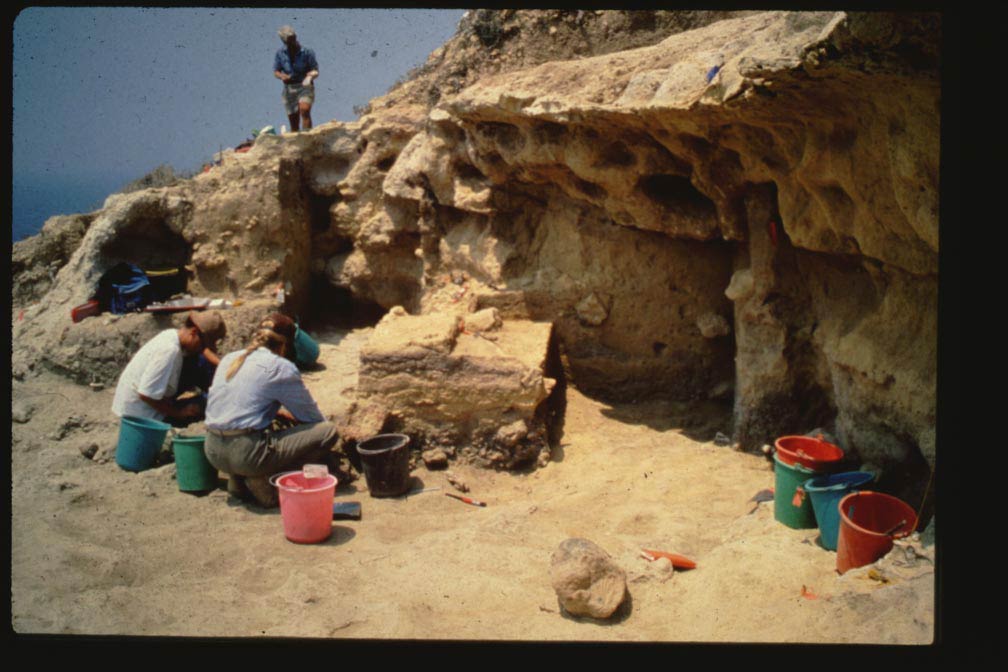

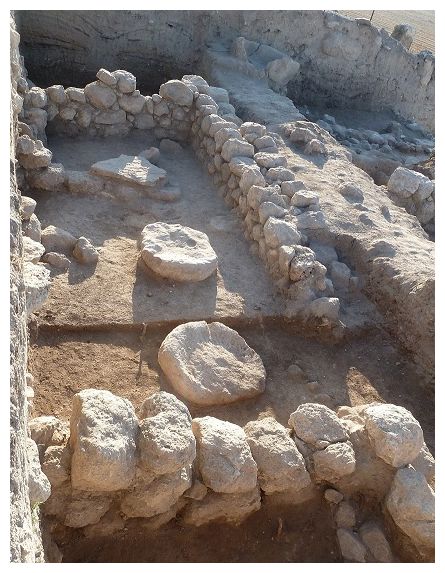
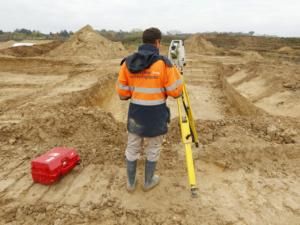
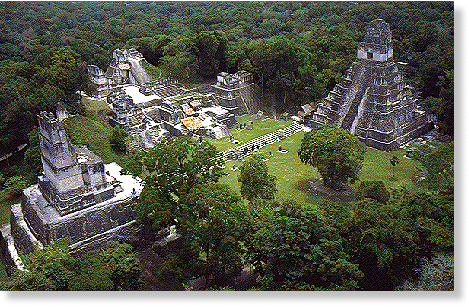
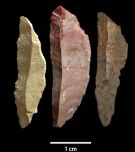
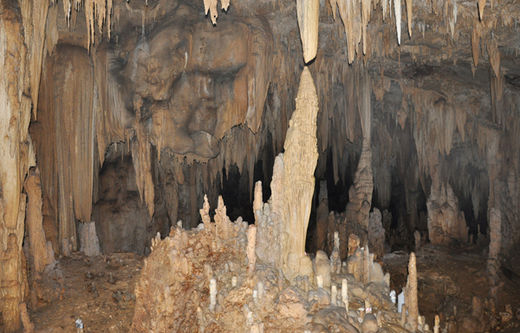
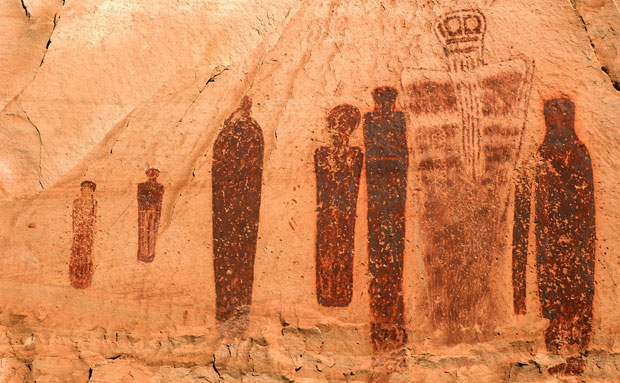
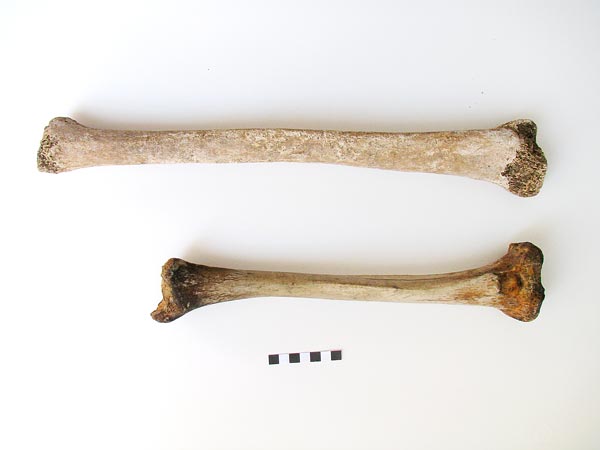



Comment: Bruce Winterhalder asks if we are in danger the same way the Classic Maya were in danger. The answer to this question is yes, and more. Those that fail to learn from history, are doomed to repeat it. And our political elites know it, and yet do everything in their power to keep the masses in the dark, or by keeping them busy with manufactured terror threats, bloody expensive wars and circuses for elections. From where we sit, something wicked this way comes. The gradually increasing meteorite/comet fragment activity and extreme weather events may be precursors to the return of Ice Age conditions and the collapse of global civilization as we know it.
Read the following articles to learn more:
Reading Celestial Intentions Through the Wrong End of the Telescope: Missiles, UFOs and the Cold War
Reign of Fire: Meteorites, Wildfires, Planetary Chaos and the Sixth Extinction
Chemtrails, Disinformation and the Sixth Extinction
Incoming! Meteor or Comet Fragment Explodes Above Southwestern US, Prompting US Army 'Missiles' Cover-up